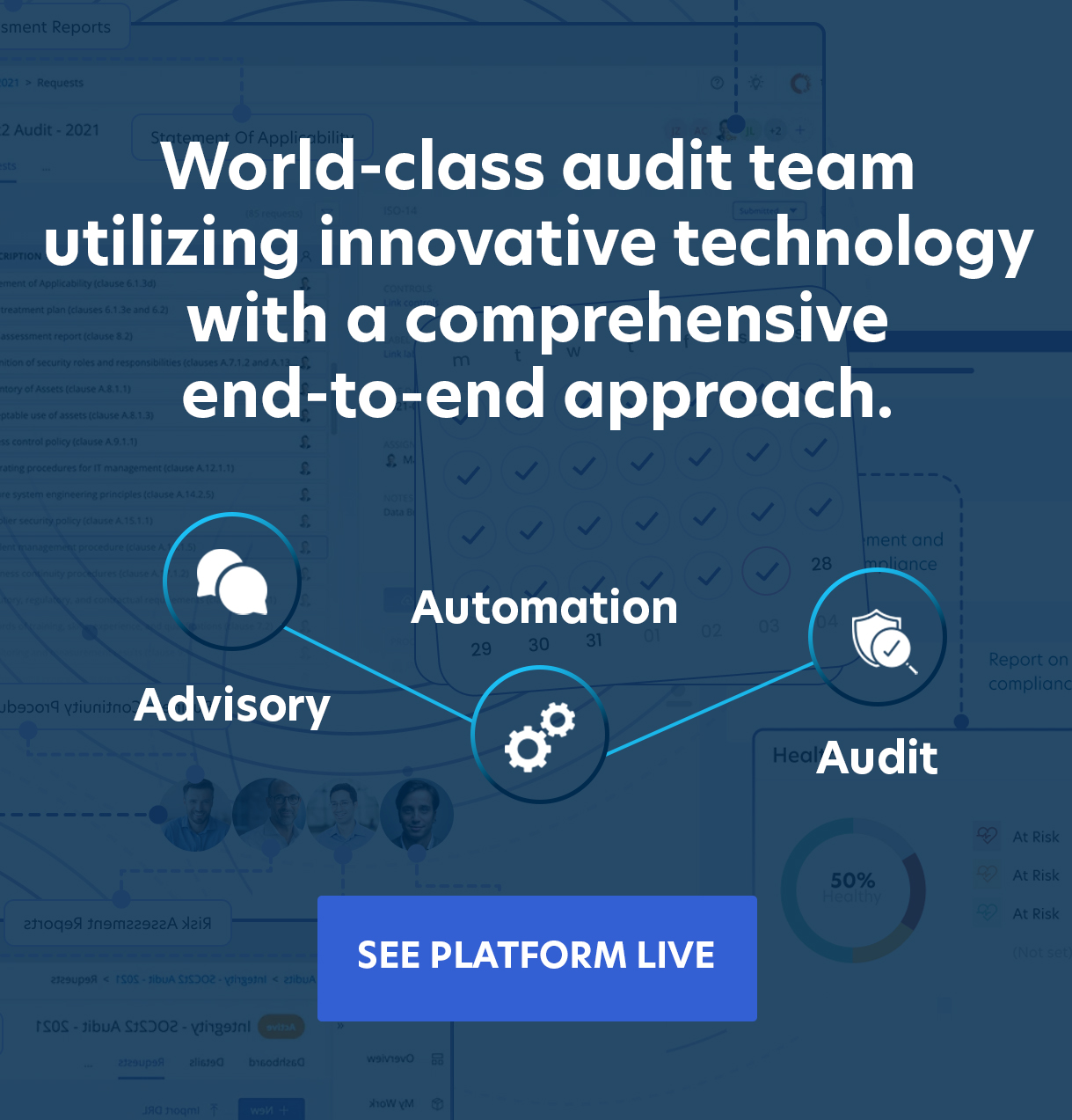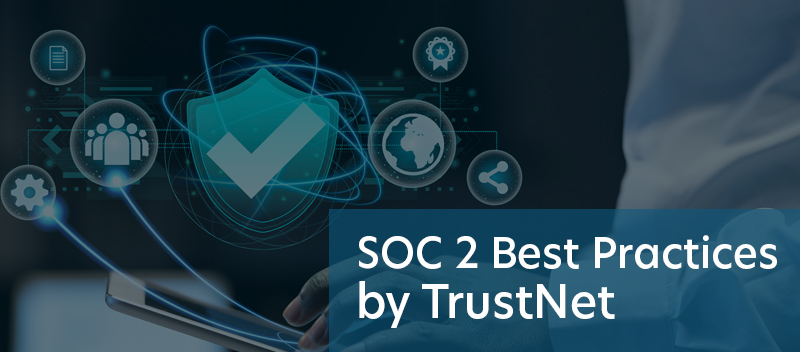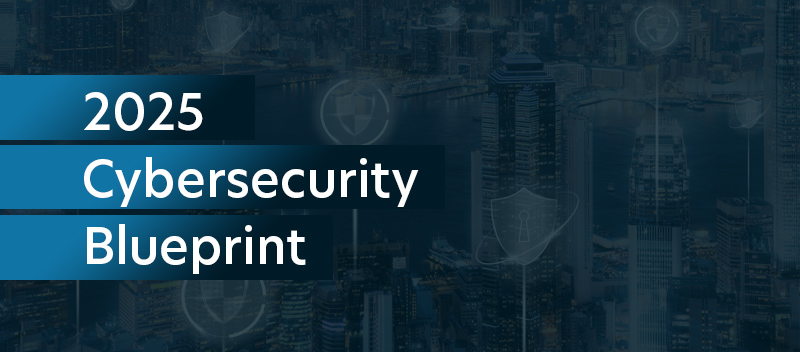Blog Digital Forensics & Incident Response Explained
Digital Forensics & Incident Response Explained

Digital Forensics and Incident Response (DFIR) is a crucial area in cybersecurity. It involves detecting, investigating, and responding to cyber threats. DFIR allows organizations to uncover digital evidence, protect sensitive data, and recover from security breaches. It’s critical for ensuring operational resilience and meeting legal or regulatory requirements.
This guide is here to cut through the noise. We break down the essential terms, tools, and strategies you’ll encounter in DFIR. Whether it’s data collection, threat analysis, or recovery tactics, the goal is to empower you to understand and use this knowledge with confidence. Cyber threats won’t wait, and neither should your preparation.
Core Concepts
— Digital Forensics
Digital forensics is about investigating and preserving evidence from digital sources. It’s a meticulous process meant to uncover and document what happened during a cybersecurity incident. Here’s how it breaks down:
Data Acquisition
Capturing evidence is the first step in any forensic investigation. Different methods are used depending on the situation:
-
- Live acquisition captures data from a running system, which is ideal for volatile memory or active sessions.
- Static acquisition involves collecting data from storage devices like hard drives or USBs without altering their contents.
- Memory dumps extract information from the system’s RAM, often revealing sensitive or time-sensitive details.
Maintaining a chain of custody is crucial here. Every step must be documented to ensure the data’s integrity and acceptability in legal cases.
Data Analysis
Now comes the heavy lifting — understanding the evidence.
-
- File system analysis helps uncover deleted or hidden files.
- Network traffic analysis tracks communication patterns to detect unauthorized activity.
- Malware analysis dissects harmful software to determine its source, purpose, and impact. Specialized forensic tools streamline these complex tasks, making it easier to connect the dots.
Data Presentation
The findings must be clear, actionable, and understandable. This typically includes:
-
- Forensic reports that provide detailed documentation of what occurred.
- Timelines that piece together events in chronological order.
- Visualizations to simplify complex data and communicate key insights effectively.
— Incident Response
Where digital forensics focuses on investigation, incident response is about quick action to manage and mitigate threats. It ensures breaches are contained before they spiral out of control.
Incident Detection
The first line of defense involves spotting unusual activity:
-
- Intrusion Detection Systems (IDS) monitor for malicious traffic or unauthorized access.
- Security Information and Event Management (SIEM) tools analyze logs and alerts across systems. Threat intelligence also plays a critical role in identifying emerging risks and vulnerabilities.
Incident Containment
Once detected, the next step is to minimize the damage:
-
- Isolation of infected systems prevents further spread.
- Network segmentation limits the attacker’s ability to move laterally.
Incident Eradication
Now it’s time to remove the threat:
-
- Get rid of malicious code through malware removal.
- Restore affected systems to their original state.
Incident Recovery
The final stage focuses on rebuilding and returning to normal operations:
-
- Data recovery retrieves lost or stolen information.
- System recovery ensures functionality is restored.
- Business continuity planning reduces downtime and ensures critical services remain available.
— Key Principles
Strong DFIR processes are guided by essential security principles:
-
- CIA Triad ensures the confidentiality, integrity, and availability of data.
- Least privilege restricts access to only what’s necessary, reducing the risk of internal or external breaches.
- Defense-in-depth layers of security measures so that even if one fails, others remain in place to protect critical assets.
These concepts form the backbone of DFIR strategies, driving effective detection, response, and prevention in an increasingly dangerous digital landscape.
Learn more about our cybersecurity and compliance services. Contact our experts today
Examples
It is crucial to understand the shorthanded terms, legal framework, and emerging tools when working with DFIR. To help simplify the area, consider the following examples:
— Acronyms and Abbreviations
DFIR professionals often use specialized terms to communicate effectively in high-pressure situations. Here are some you’ll come across frequently:
-
- IoC (Indicator of Compromise): Data points that signal a potential security breach, such as unusual network activity or malicious files.
- TTP (Tactics, Techniques, and Procedures): Strategies used by threat actors to execute their attacks.
- RAM (Random Access Memory): Essential for live data acquisitions during investigations.
- EDR (Endpoint Detection and Response): A tool for monitoring and responding to threats on endpoint devices like laptops or servers.
Knowing these abbreviations allows for quicker collaboration and better understanding across teams.
Legal and Regulatory Terms
DFIR often intersects with legal frameworks, making it critical to understand regulations and terminology:
-
- Chain of Custody: A process that ensures the integrity of evidence by documenting its handling from collection to presentation in court.
- GDPR (General Data Protection Regulation): European Union law that imposes strict rules on data privacy and security, with significant implications for incident response.
- HIPAA (Health Insurance Portability and Accountability Act): U.S. regulation that mandates the protection of healthcare data, often involved in forensic cases.
Understanding these terms helps align DFIR practices with legal obligations and best practices.
Emerging Technologies and Their Impact
Technology evolves quickly, and staying updated on the latest tools is crucial in DFIR.
-
- Artificial Intelligence (AI): Used in anomaly detection, predictive analysis, and automating forensic investigations. AI doesn’t replace analysts but enhances efficiency.
- Blockchain Technology: Offers a secure, tamper-proof method of logging forensic data, ensuring it’s immutable.
- Cloud Forensics: With more data stored in the cloud, investigating breaches now involves virtual environments, requiring new tools and expertise.
- Quantum Computing: Still emerging but with the potential to both complicate encryption-based defenses and introduce advanced data recovery methods.
These advancements reshape how professionals handle threats, making DFIR an ever-evolving discipline. Staying informed helps ensure readiness for whatever challenges come next.
Resources
Staying aligned with trusted cybersecurity frameworks ensures a methodical and professional approach to DFIR. Here are some key references you can start with:
NIST (National Institute of Standards and Technology): The NIST Cybersecurity Framework is a comprehensive guide to improving incident response and risk management strategies. TrustNet offers tailored insights into making NIST work for your organization.
ISO 27001: This globally accepted standard helps organizations structure their information security management systems. For a practical breakdown of ISO 27001, including tips for compliance, TrustNet is an excellent source.
GDPR (General Data Protection Regulation): The GDPR sets strict rules around managing and protecting personal data. TrustNet provides expert guidance on meeting these requirements while minimizing risks.
Deepen your understanding and refine your approach with these additional resources. TrustNet hosts a range of blogs, guides, and reports tackling the challenges and innovations in security and compliance.
Cybersecurity Never Sleeps
DFIR isn’t static — it’s a living, breathing discipline. Staying updated on emerging threats, evolving strategies, and advancing technologies is what sets successful teams apart. Continuous learning and adaptation are critical to staying ahead of attackers and mitigating risks effectively. The more proactive and informed your approach, the better prepared you’ll be to handle the challenges of an ever-changing cybersecurity landscape.
When precision matters, TrustNet provides the expertise to help you excel in security and compliance. Don’t settle — contact our experts today.




